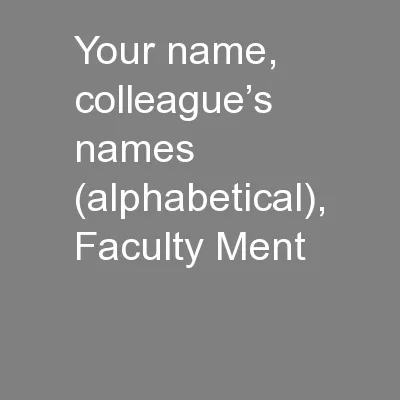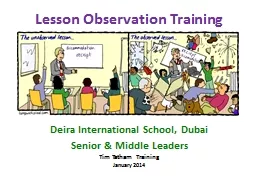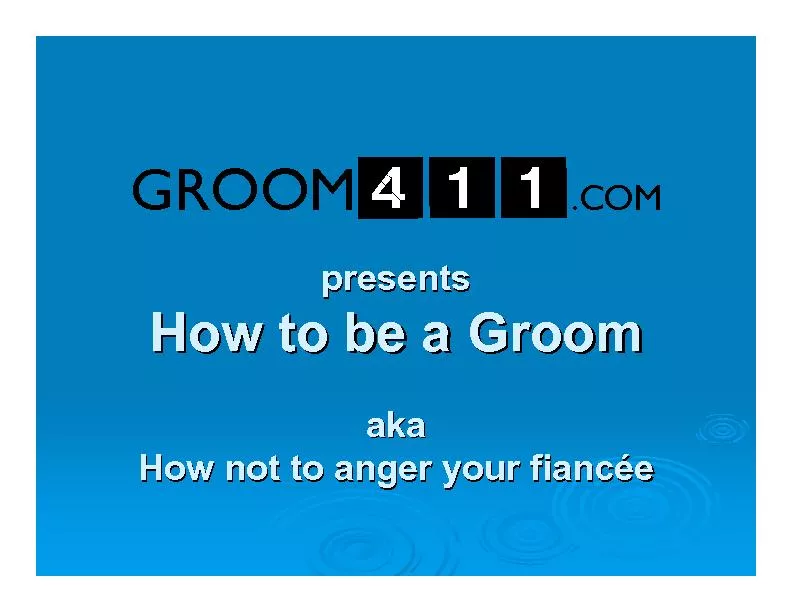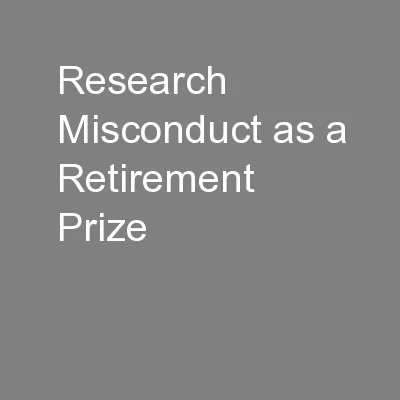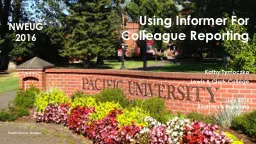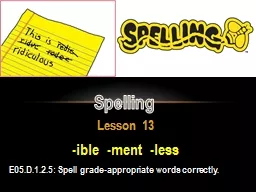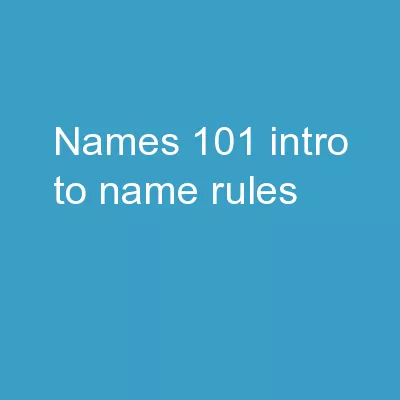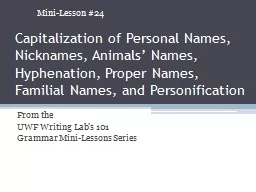PPT-Your name, colleague’s names (alphabetical), Faculty Ment
Author : marina-yarberry | Published Date : 2016-06-21
The University of Texas at San Antonio San Antonio TX 78249 Quigley HA Nickells RW Kerrigan LA Pease ME Thibault DJ Zack DJ Retinal ganglion cell death in experimental
Presentation Embed Code
Download Presentation
Download Presentation The PPT/PDF document "Your name, colleague’s names (alphabet..." is the property of its rightful owner. Permission is granted to download and print the materials on this website for personal, non-commercial use only, and to display it on your personal computer provided you do not modify the materials and that you retain all copyright notices contained in the materials. By downloading content from our website, you accept the terms of this agreement.
Your name, colleague’s names (alphabetical), Faculty Ment: Transcript
Download Rules Of Document
"Your name, colleague’s names (alphabetical), Faculty Ment"The content belongs to its owner. You may download and print it for personal use, without modification, and keep all copyright notices. By downloading, you agree to these terms.
Related Documents

